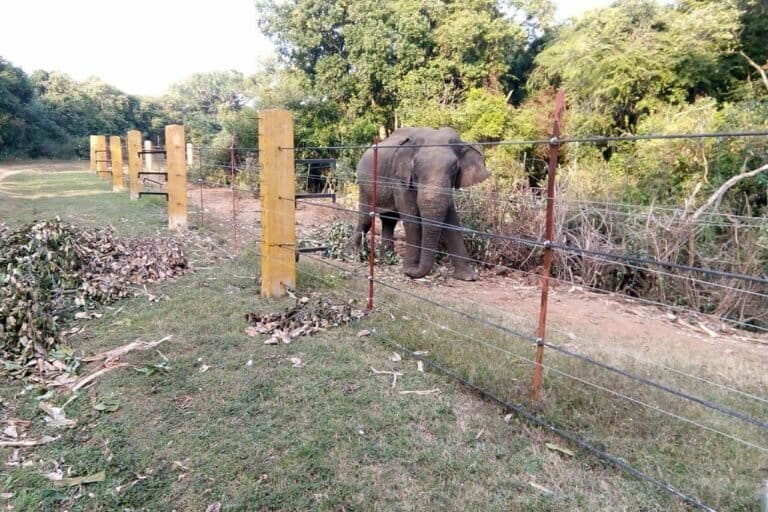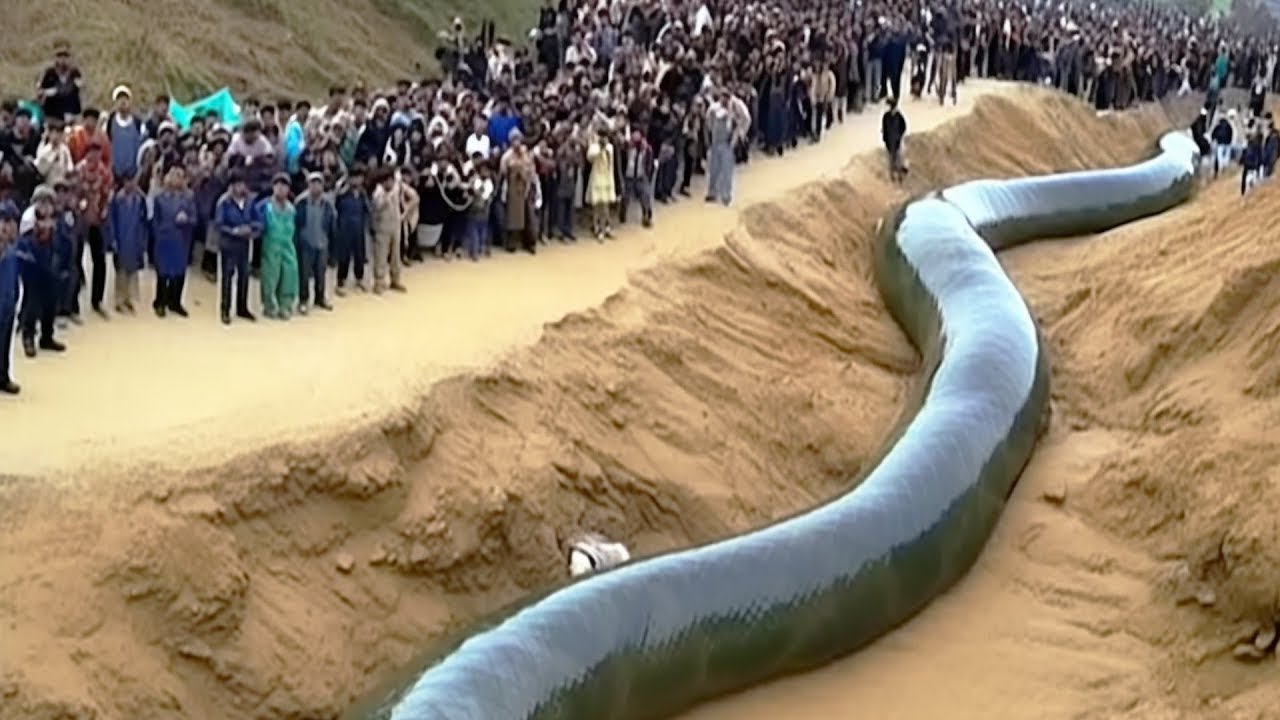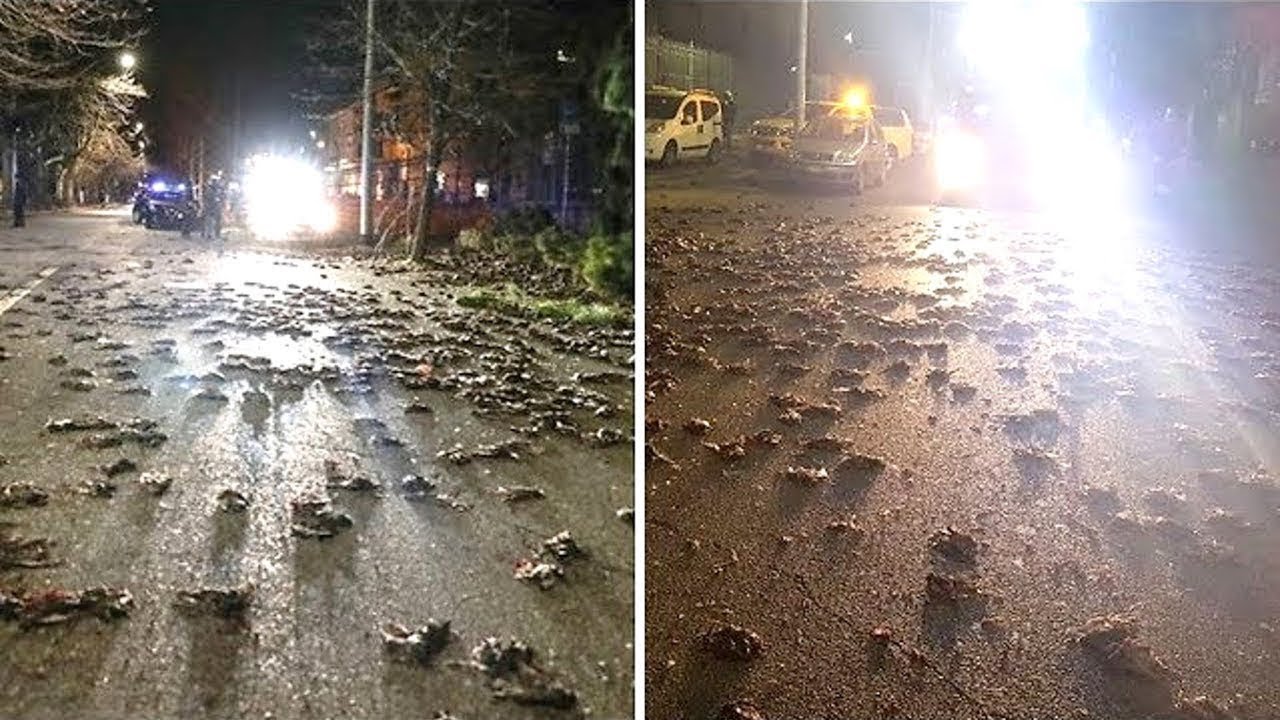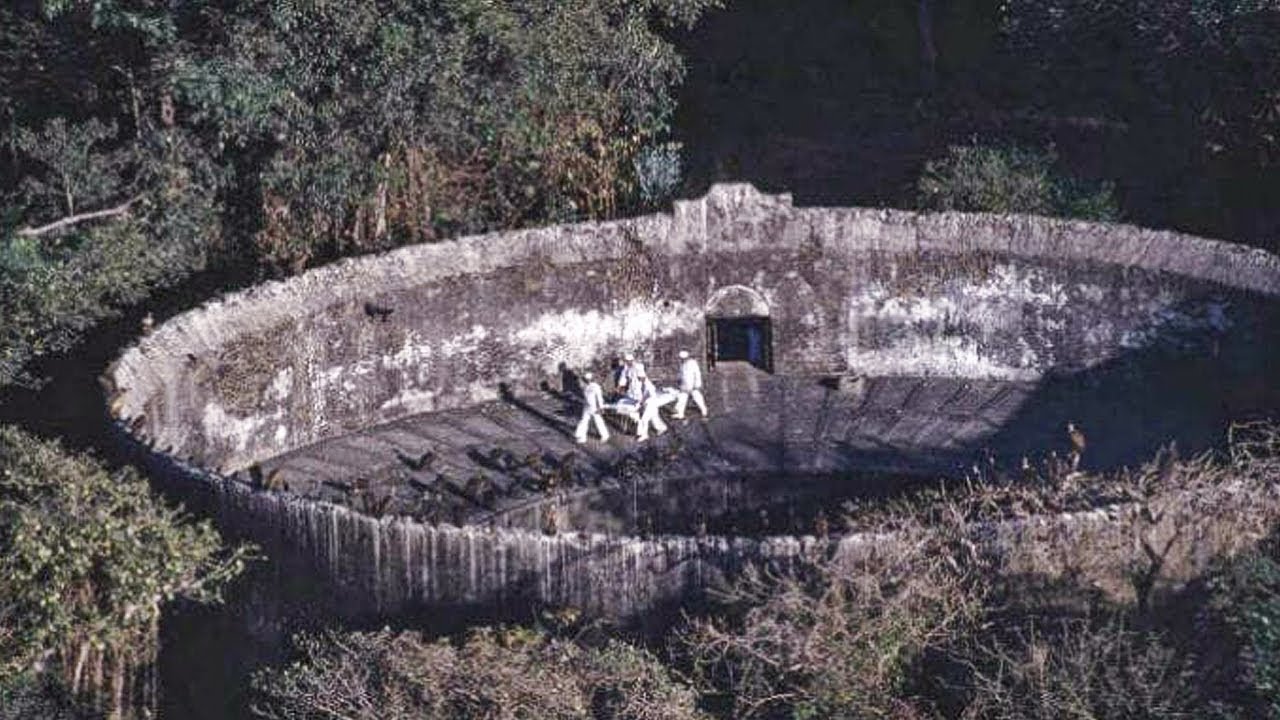- Sri Lanka recorded at least one elephant death a day in the first quarter of 2023, nearly half of them due to human causes, putting the country on track for a record death toll from human-elephant conflict.
- Various approaches adopted since 1959 to tackle the problem have only aggravated the issue or failed to solve it, experts say.
- A national plan formulated in 2020 to mitigate the problem has not been fully implemented due to a lack of funding.
- Wildlife conservationists say that up to 70% of wild elephants could die unless effective measures are urgently adopted.
COLOMBO — On average one elephant has died each day in Sri Lanka in the first three months of this year, with nearly half of those deaths due to human causes. This escalation of the perennial problem of human-elephant conflict on the island has prompted calls for urgent solutions to save this endangered and iconic species.
Sri Lanka’s Department of Wildlife Conservation (DWC) recorded 151 deaths of Sri Lankan elephants (Elephas maximus maximus) between Jan. 1 and April 28. Of these, at least 67 were due to human intervention, including shooting deaths (38) and electrocution caused by electric fences (23).
Six elephants died after eating so-called jaw bombs, improvised explosive devices concealed in food bait that detonate when bitten. The devices are used by farmers to keep animals from their crops.
Ravi Corea, founder and president of the Sri Lanka Wildlife Conservation Society (SLWCS), said he fears Sri Lanka might be on track to set a new unwanted record for the highest number of elephant deaths in a single year.
Elephant deaths last year hit an all-time high of 433, while human fatalities from these conflicts was also a record 145.
“Every time the department sends out these statistics of elephant deaths, there is always an increased hue and cry. This is a good sign. But unfortunately, that outcry subsides with time,” Corea told Mongabay.
The government estimates the population of Sri Lankan elephants, a subspecies of the Asian elephant (Elephas maximus), at about 7,000. But wildlife conservationists suggest the real number may be far lower, given the rapid loss of the animal’s habitat and the rising death toll from conflict with humans.
 Humans and elephants inhabit the same landscape across 44% of Sri Lanka’s terrestrial area. Image courtesy of Namal Kamalgoda.
Humans and elephants inhabit the same landscape across 44% of Sri Lanka’s terrestrial area. Image courtesy of Namal Kamalgoda.
What is driving this long-standing problem?
Sri Lanka has long strived to find a balance between its human and elephant populations amid limited land and resources on the Indian Ocean island. But various approaches adopted since 1959 to mitigate human-elephant conflict have only aggravated the problem, according to Corea, who works closely with villagers on the issue.
He blamed this on the authorities’ failure to address the factors that underlie the problem. One of these factors, he said, is the “flawed” process by which authorities allocate land for development projects and other activities like farming.
“Every time there is a development program, they go and grab elephant habitats. Where are these animals going to go? Land settlement schemes are the main drivers of this issue,” Corea said.
“Some elephant habitats are now towns, villages, paddy fields, cultivations, harbors, airports and cricket stadiums. We need to carefully assess and identify the remaining habitats and declare them protected areas,” he said.
The government’s own data underscore this overlap: a national report shows that humans and elephants inhabit the same landscape across 44% of Sri Lanka’s terrestrial area. And 70% of existing elephant range falls within areas where humans live, the report adds.
Jagath Gunawardana, a prominent environmental lawyer, told Mongabay that another factor is the shortage of staff at the Department of Wildlife Conservation to take effective measures to prevent elephant deaths.
“Sri Lankan [environmental] law is strong. But to take action [against elephant deaths], the enforcement mechanism is very weak. The wildlife department only has one-sixth of the workforce strength they should at least have,” Gunawardana said.
 Electric fences are a common strategy to keep elephants out of villages and farms. Image courtesy of Shashikala Rathwaththa.
Electric fences are a common strategy to keep elephants out of villages and farms. Image courtesy of Shashikala Rathwaththa.
Ineffective elephant drives
One of the approaches the government has taken over the past 60 years to keep humans and elephants apart are the so-called elephant drives. These involve shooing elephants away from human-inhabited areas where they occur and into forested, protected areas, through various means, including shouting, lighting firecrackers and shooting.
But while this may appear to address the problem, a report by the Centre for Conservation and Research, an NGO, shows that many elephants die of starvation in these protected areas.
That’s because these areas often don’t have enough resources to feed large herds of elephants and tend to be smaller than the average home range of a herd, which is about 200 square kilometers (77 square miles).
The report cites the case of a herd of 12 elephants that had dwindled to just five within three years of being driven into Lunugamvehera National Park as part of a wider elephant drive in 2006.
“The herd did not explore the park but stayed close to the fence in the direction of their home range. They overused the area and suffered the consequences,” the report says. The national park spans just 20 km2 (7.7 mi2) — a tenth of the herd’s ideal range.
Supun Lahiru Prakash of the Biodiversity Conservation Research Circle of Sri Lanka, said solitary male elephants, which are often the ones that stray into human settlements and cause crop and property damage, tend to escape these elephant drives, rendering the entire exercise ineffective.
“Usually female elephants and their calves that do not cause trouble get trapped in these elephant drives. The solitary male elephants that escape the drive are left behind in the same area and then react aggressively,” Prakash told Mongabay.
 At least one elephant died each day in the first quarter of 2023, nearly half of them due to human causes. Image courtesy of R.M.J Bandara.
At least one elephant died each day in the first quarter of 2023, nearly half of them due to human causes. Image courtesy of R.M.J Bandara.
Lots of fence, little result
Studies have also found that many elephants driven into protected areas don’t stay there but return instead to their original locations. This led the Department of Wildlife Conservation to construct electric fences around the boundaries of protected areas starting in the early 1990s.
Despite being costly, electric fences have been ineffective in keeping elephants from entering villages and farms, and have also led to the loss of both human and elephant lives. The fences are meant to only shock the animals, but many are set up illegally, connected directly to power lines, which can make them deadly for both people and elephants.
In 2019 and 2020, the government spent 490 million rupees ($2.8 million) to erect 4,756 kilometers (2,955 miles) of electric fencing — enough to wrap three and a half times around the entire country.
Prithivi raj Fernando, chair of the Centre for Conservation and Research, said electric fences aren’t serving their purpose because they’re not being put up in the right places.
In Sri Lanka, some forests fall under the purview of the Department of Forests, while others go under the Department of Wildlife Conservation. A single protected area inhabited by elephants invariably comprises forests overseen by both entities.
Wildlife experts point out that the DWC erects electric fences only on the boundaries of the forests under its purview. The portion of the forest managed by the Department of Forests goes unfenced, leaving elephants at risk of being shot and 𝓀𝒾𝓁𝓁ed.
“I have been explaining the ineffectiveness of this to them for the last 20 years, and they refuse to accept it,” Fernando, who also led a presidentially appointed committee that prepared a national action plan to mitigate human-elephant conflict, told Mongabay.
The committee’s report, seen by Mongabay, recommends increasing the efficiency of electric fences by installing them in the correct locations and monitoring them constantly.
“Electric fences (and other barriers) should only be installed at the border between elephant habitat and human-use areas,” the report says.
U.L. Taufeek, deputy director of elephant conservation at the DWC, said fences tend not to be installed on the borders between human settlements and forests because villagers object to them.
“Villagers did not allow us to do that because they could not go out to the forest for purposes such as collecting firewood,” Taufeek told Mongabay. “However, that objection has reduced. We will have to remove those fences and install them at the correct locations again.”
Other recommendations in the action plan include discontinuing or minimizing elephant drives, using GPS collars to track crop-raiding male elephants with an eye to relocating them, and gathering more data on elephant ranging patterns, habitats and resource use.
 The Department of Wildlife Conservation (DWC) moves wild elephants that may be damaging crops and harming people from their home range to another area. Image courtesy of Shashikala Rathwaththa.
The Department of Wildlife Conservation (DWC) moves wild elephants that may be damaging crops and harming people from their home range to another area. Image courtesy of Shashikala Rathwaththa.
‘No time to waste’
An immediate measure recommended by the committee is to “prevent political interference in implementing the law with regard to illegal encroachments on state land.”
Corea, from the Sri Lanka Wildlife Conservation Society, said the country needs a system to hold state institutions accountable for their actions.
“If a nationally important animal is being 𝓀𝒾𝓁𝓁ed at this rate, someone must be answerable for that. But no one is ever held accountable,” he told Mongabay. “Authorities should have acted way back. There is no time to waste. They have to act now.”
In October 2022, the government appointed a committee led by Sumith Pilapitiya, an elephant ethologist, to implement the national plan developed in 2020 to mitigate human-elephant conflict.
Pilapitiya told Mongabay that since the committee was appointed last year, the government hasn’t been able to include “substantial budgetary allocations” to implement the action plan this year.
“It is anticipated that the 2024 national budget will have an allocation for upscaling and implementing the plan,” he told Mongabay.
And since there’s no funding through the budget, the installation of electric fences in line with the action plan has been restricted only to Kurunegala and Anuradhapura districts, where rates of human-elephant conflict are especially high.
 Erecting electric fences in the wrong locations has aggravated human-elephant conflict, a problem that has now reached a critical high, experts say. Image courtesy of the National Action Plan for the Mitigation of Human-Elephant Conflict.
Erecting electric fences in the wrong locations has aggravated human-elephant conflict, a problem that has now reached a critical high, experts say. Image courtesy of the National Action Plan for the Mitigation of Human-Elephant Conflict.
“There are some donor-funded projects that are being implemented in these two districts with existing funding allocations for implementing key activities such as community-based permanent village electric fences and seasonal paddy field electric fences,” Pilapitiya said.
Fernando, who was key in preparing the national plan, said failure to take effective measures would cause the country’s elephant population to decline significantly, although not in the immediate future.
“If we don’t manage this situation properly, the end result would be that more than 70% of the elephant population would be eliminated,” he said. “There will be more suffering, and there will be more people and elephants dying until this is resolved.”
Banner image of a Sri Lankan elephant that died of electrocution by an electric fence, courtesy of R.M.J. Bandara.





